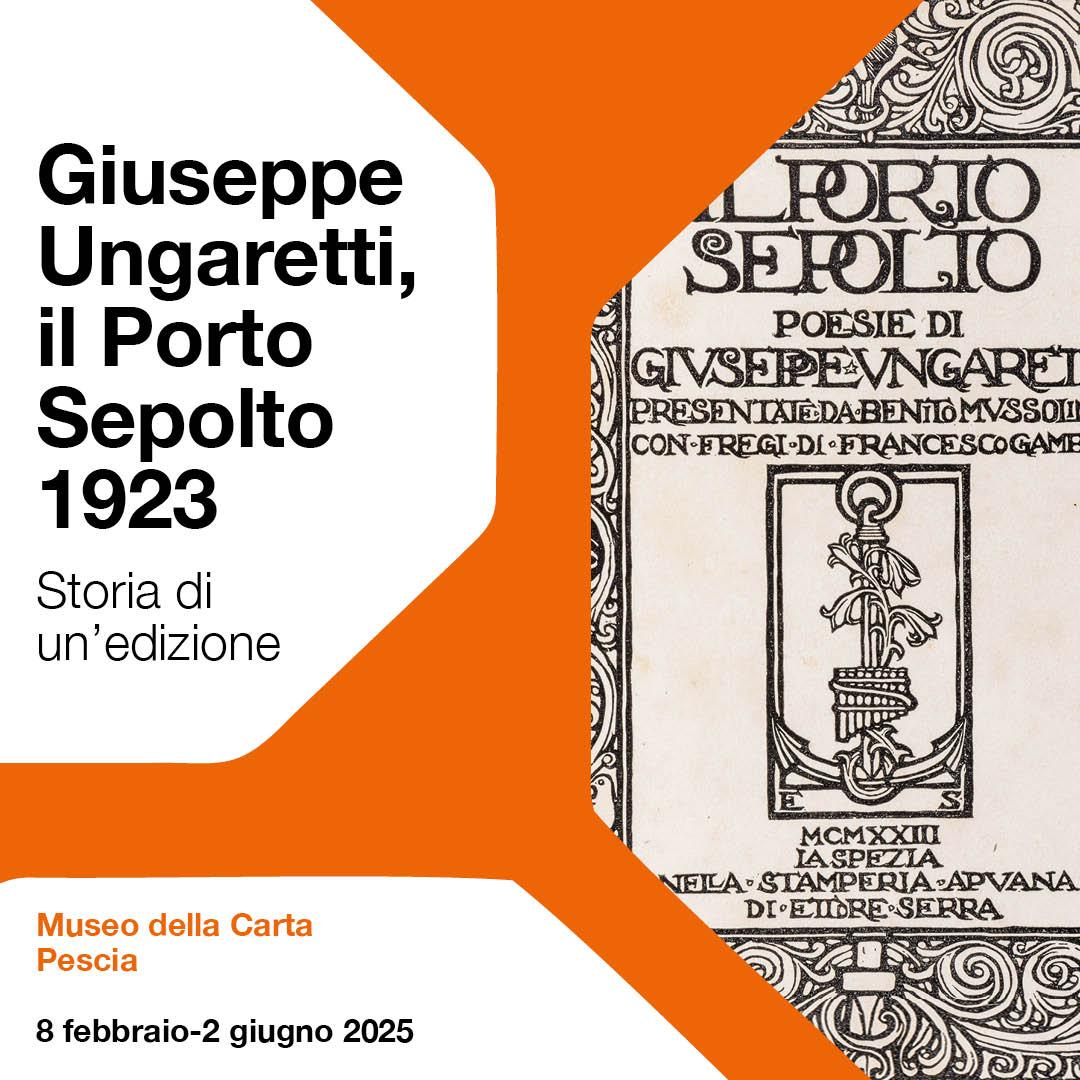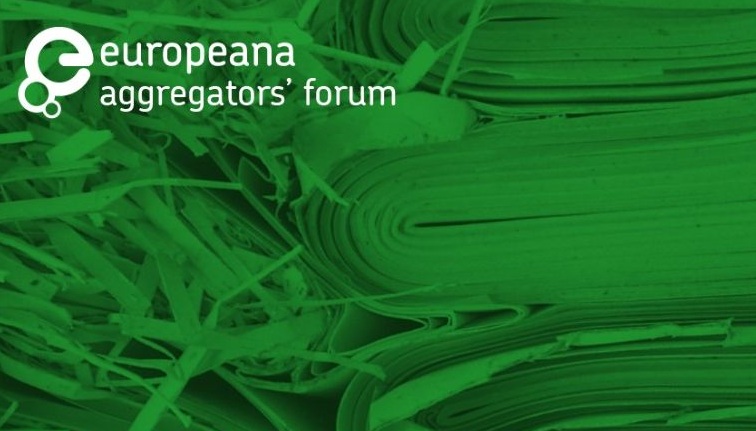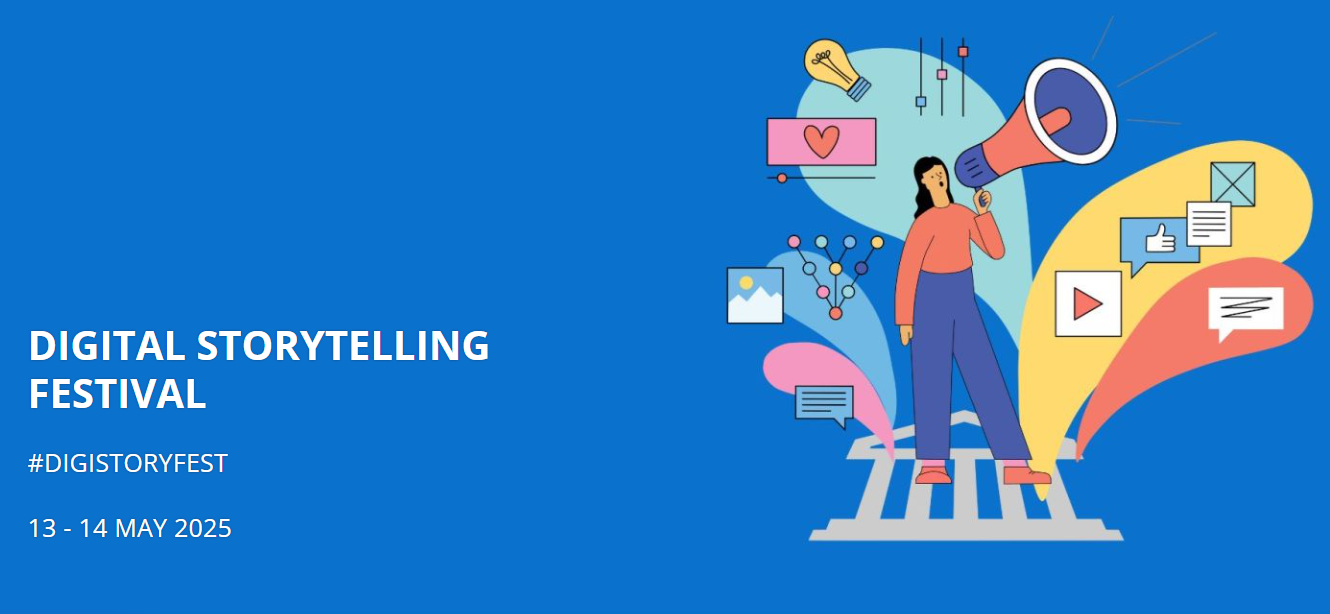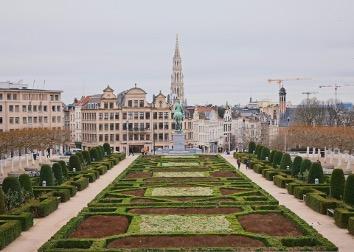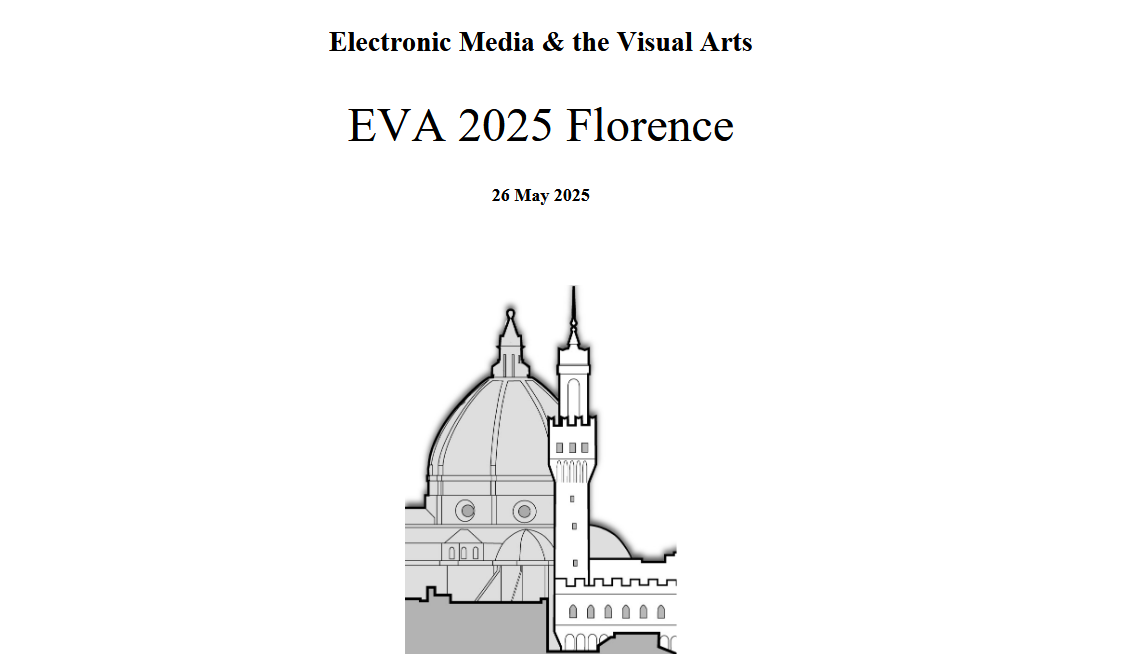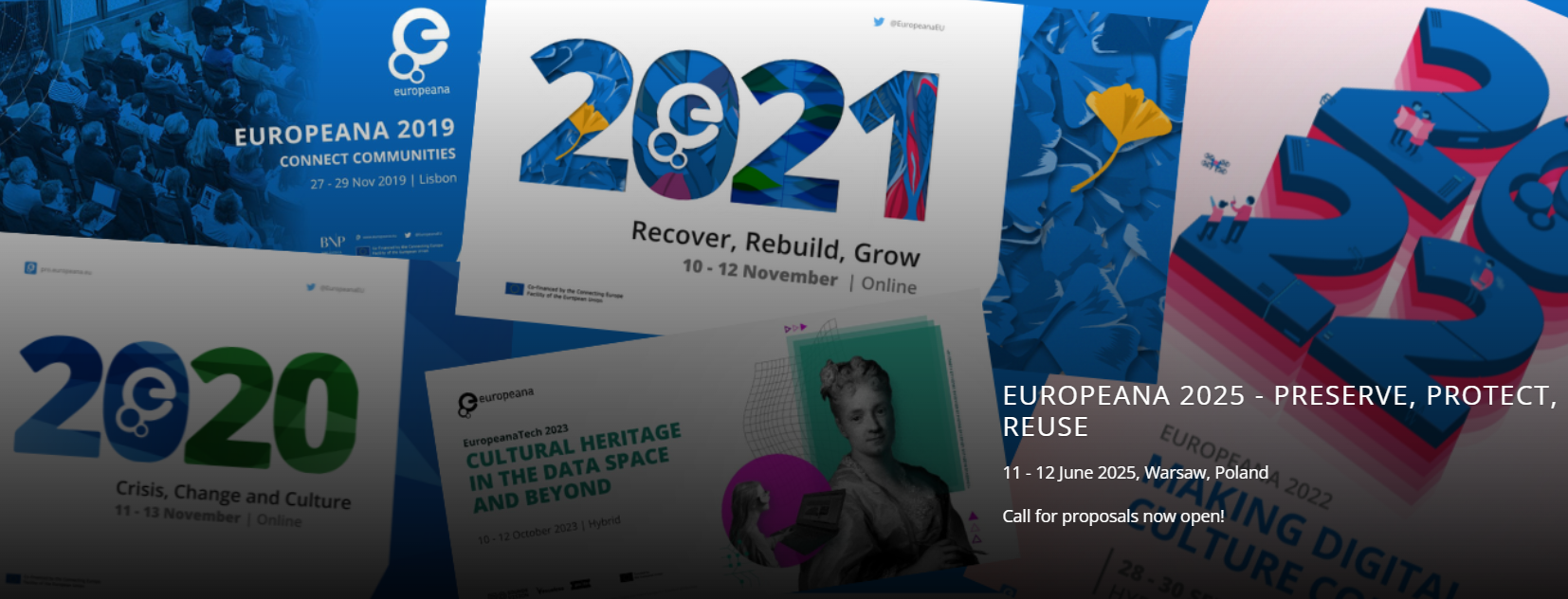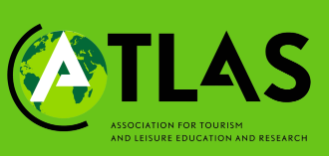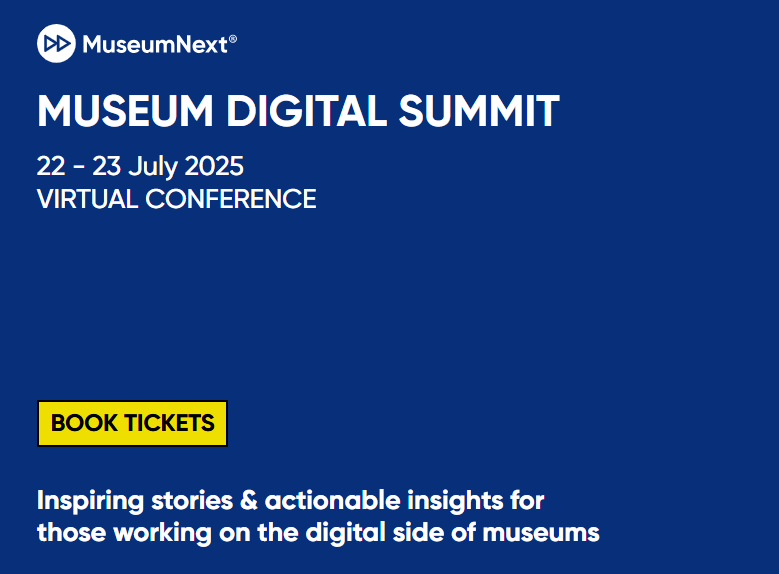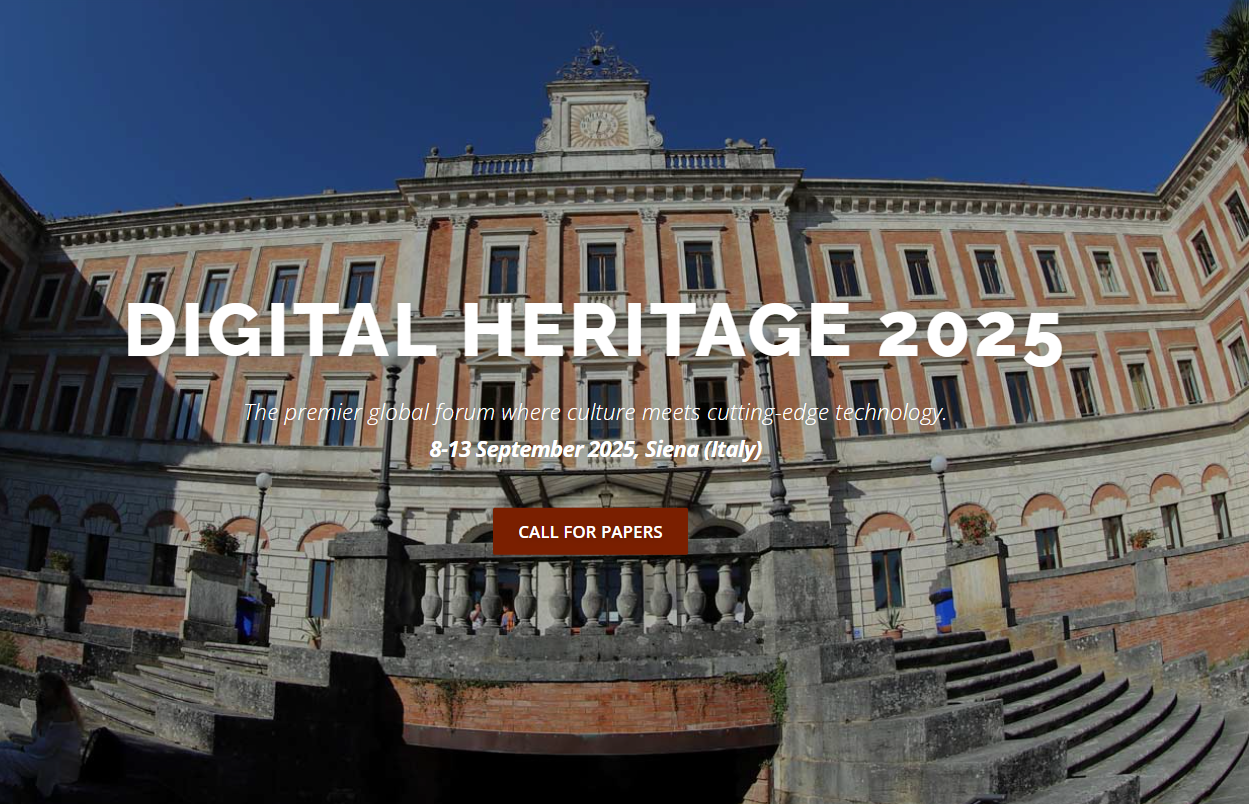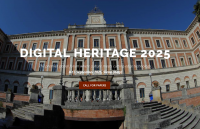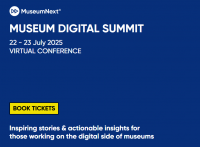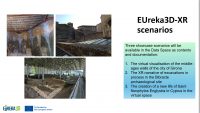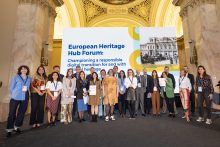independent, life-sized sculptural figures move and interact with each other, and with the public, through light and sound, exploring the implication and impact of machine and human conversation.
from CCS’s website
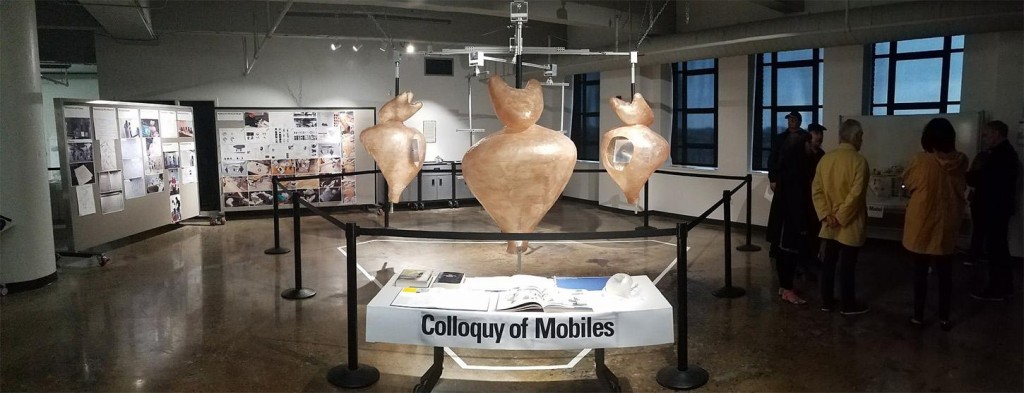
When we talk about talking to each other in the 21st century — communication, connection — the emphasis is often on how technology enhances or diminishes personal interaction. Every day we engage with smart machines and interfaces, from phones, tablets and laptops to cars, refrigerators, Alexa and Siri. Very little of modern life remains untouched by machines capable of conversing with us and with each other.
But what are the implications, and impact, of conversational machines in human environments?
The issue dates back generations, but it took a crucially important turn in 1968 with the interactive installation, “Colloquy of Mobiles,” in the groundbreaking Cybernetic Serendipity Exhibition at the Institute of Contemporary Arts in London. Created by Gordon Pask, cybernetician, educator and author of numerous influential writings on Conversation Theory, “Colloquy of Mobiles” was believed to be the first exploration of its kind into the nature of machine-machine conversation.
On May 24, Detroit’s College of Creative Studies’ master’s program in Interaction Design debuted “Colloquy of Mobiles 2018” — a full-scale reproduction of Gordon Pask’s installation.
The mobiles consist of independent, life-sized sculptural figures (so-called “male” and “female”) that move and interact with each other, and with the public, through light and sound. The female forms, in particular, are deeply compelling — their shapes likened to everything from sea creatures to the human heart. This organic quality hints at the educational value of Colloquy in the present day, one suffused with smart environments, which was not the case 50 years ago.
Colloquy Introduction – Paul Pangaro, Chair, MFA Interaction Design from College for Creative Studies on Vimeo.
“Colloquy’s playfulness and emotional, non-verbal quality draws us in and, yet, the kinds of things we do on digital devices and screens are the opposite of that,” said Associate Professor and Chair of MFA Interaction Design Paul Pangaro. “What did Pask see in 1968 about a future ecosystem of conversational machines? There are hints about how to make our machine-person interactions richer and more human. And, might Colloquy give us a better appreciation for being in the physical presence of people?”
Pangaro noted that regardless of age or culture, public response in the presence of the mobiles’ three-dimensional forms is always one of curiosity.
“People want to touch the surface of the forms. These are not ‘devices’ or ‘machines’ as we think of digital interfaces today. They have an organic presence as if they are biological, not technological. Pask always looked at interaction without distinguishing between devices, machines, people. It was all universal in some way.”
Two Interaction Design (IxD) studios have worked on the project since January. IxD students consulted historical descriptions, diagrams, photographs and films to create a detailed scenario for how the 1968 mobiles functioned, along with instructions for how to recreate them. The students also built 1/6-scale models, complete with modern digital software, sensors and motors.
Based on original designs by Pask and Yolanda Sonnabend, designer TJ McLeish designed, constructed and fabricated all of the full-scale replica’s components, including the 3D forms, and he configured the motors, electronics and software that bring them to life. Building Brown Workshop in Chicago executed the intricate fabrication process for the female mobiles.
“They’re very sculptural,” said Amanda Pask Heitler, one of Gordon Pask’s daughters, who recalled her own impressions of the forms as a child during the 1968 London exhibition. “He wanted everything to be elegant. It was very important to him. He thought that the form of the thing mattered and that you should always aim to make things beautiful.”
More info:
Colloquy of Mobiles Website: https://www.colloquyofmobiles.com/
College of Creative Studies, where this blog is reproduced from: https://www.collegeforcreativestudies.edu/
Blog on Hyperallergic: https://hyperallergic.com/445834/colloquy-of-mobiles-2018-college-creative-studies-gordon-pask/


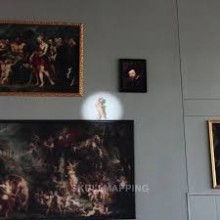

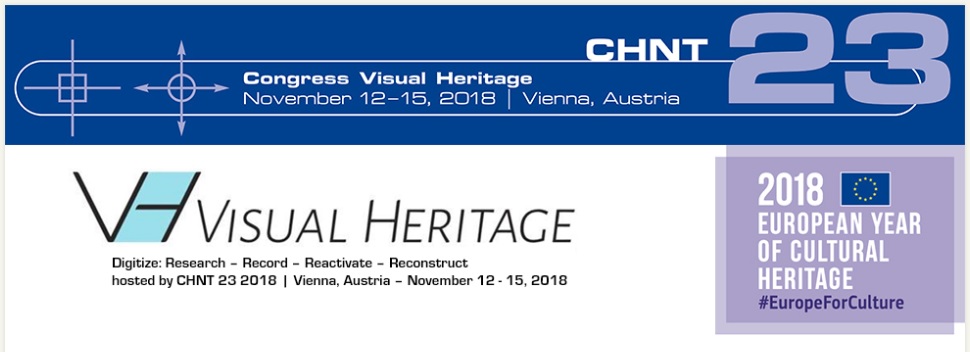
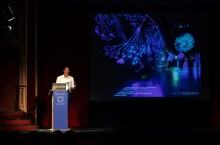
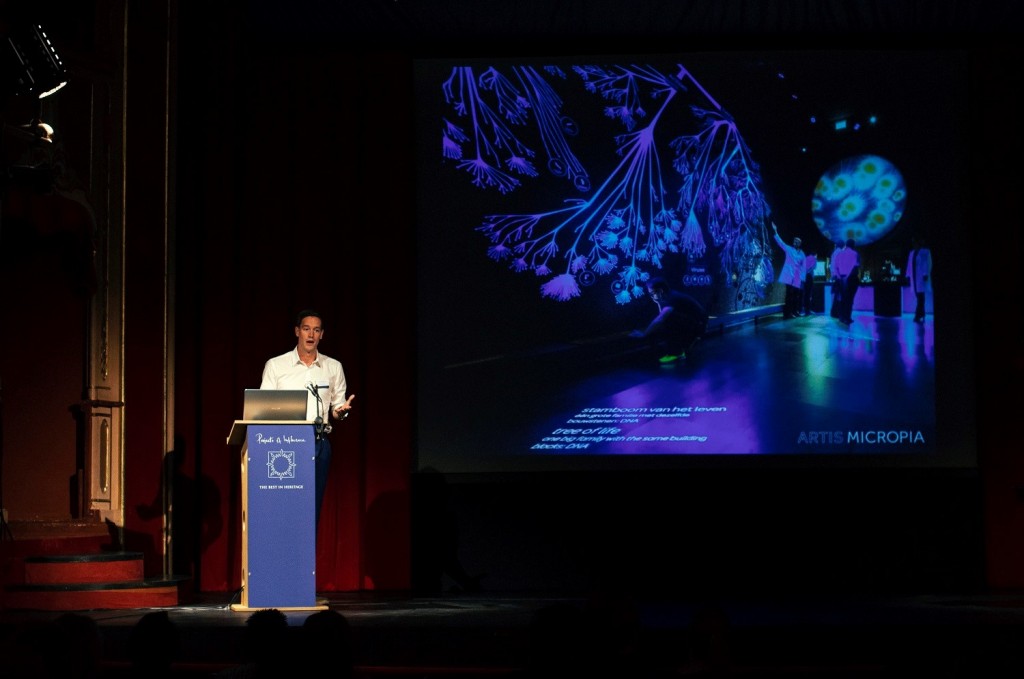
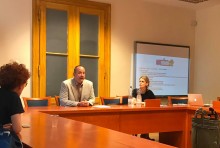
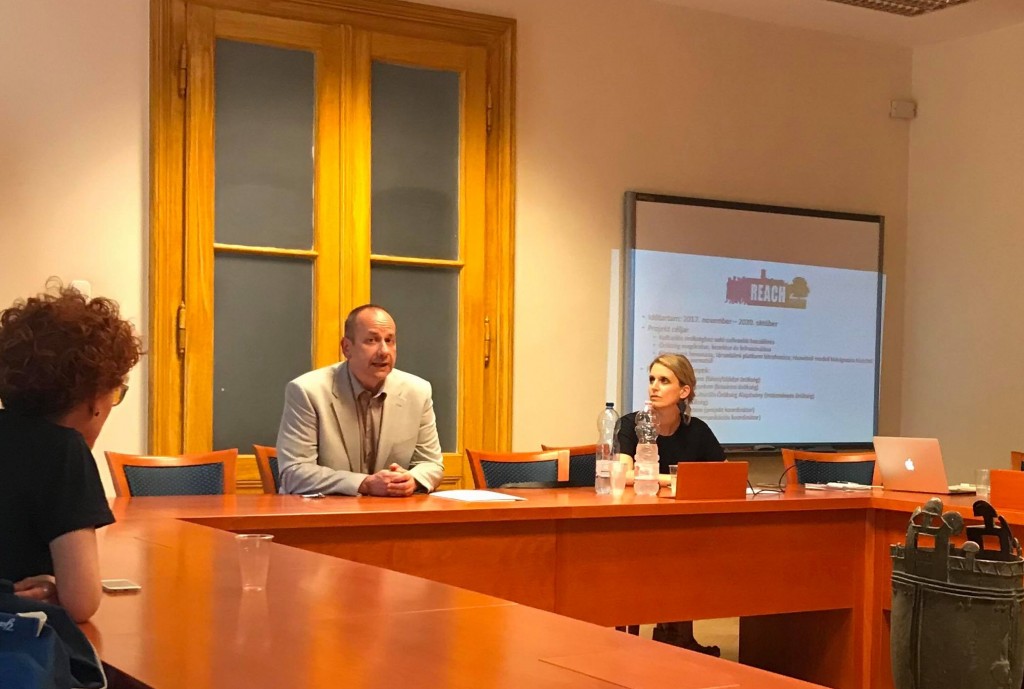

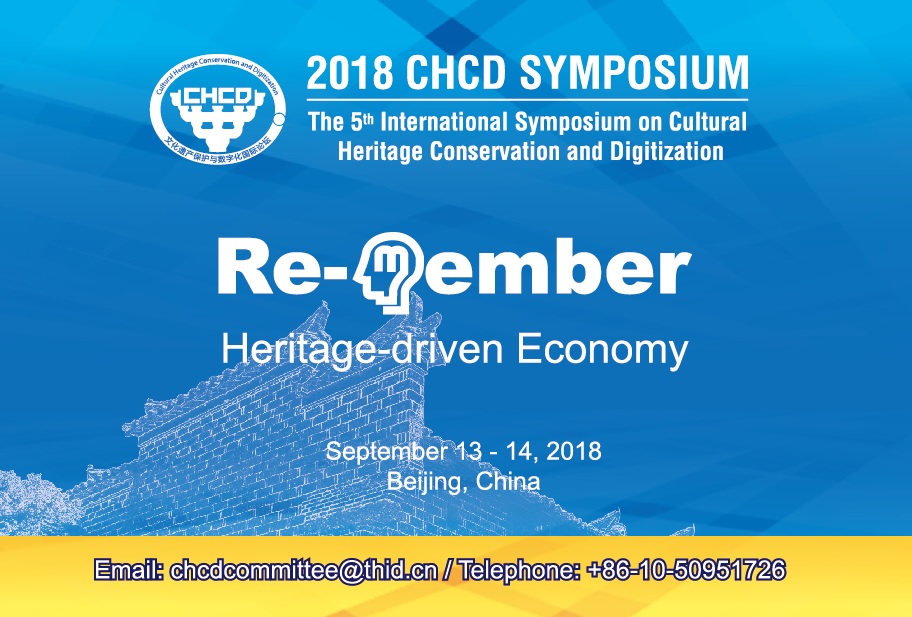
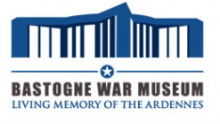
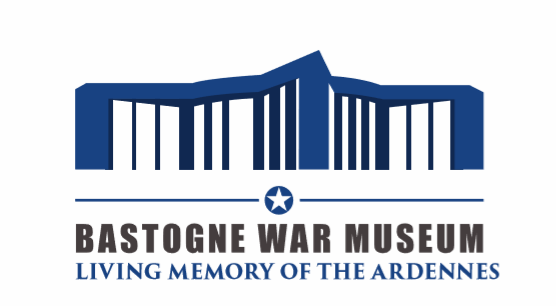
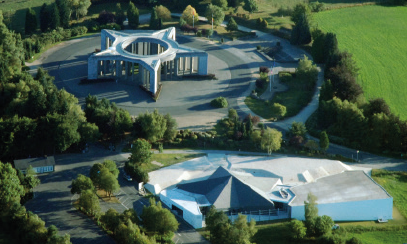

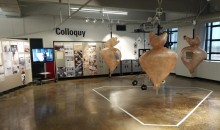

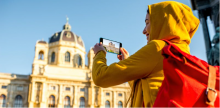
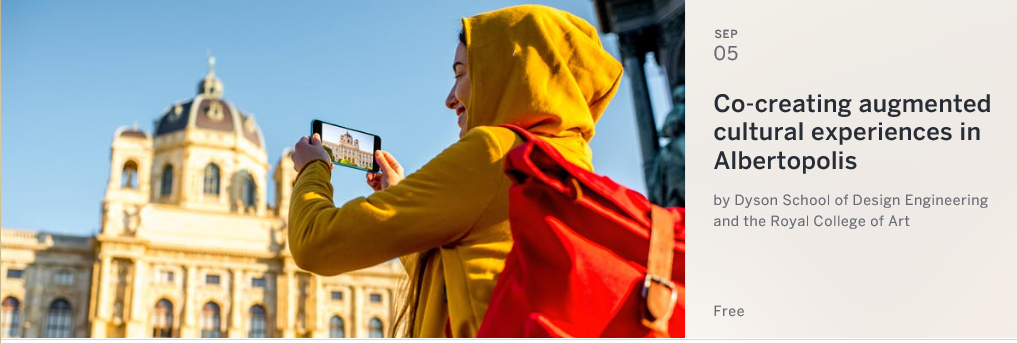

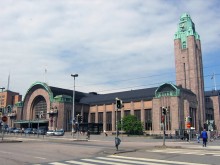
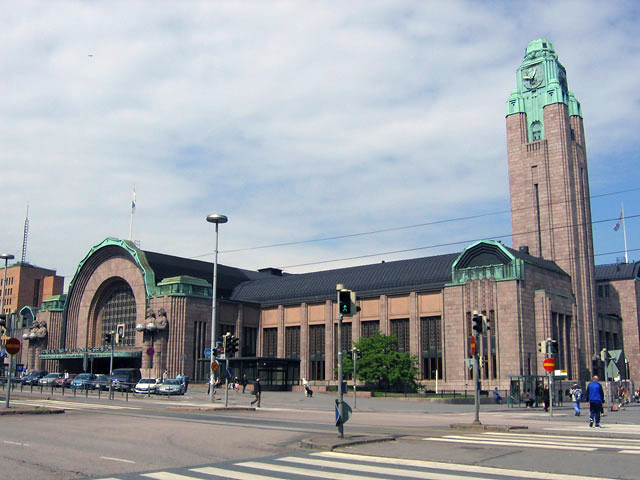

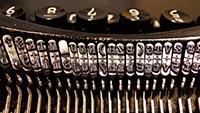 If you have interesting news and events to point out in the field of digital cultural heritage, we are waiting for your contribution.
If you have interesting news and events to point out in the field of digital cultural heritage, we are waiting for your contribution.
